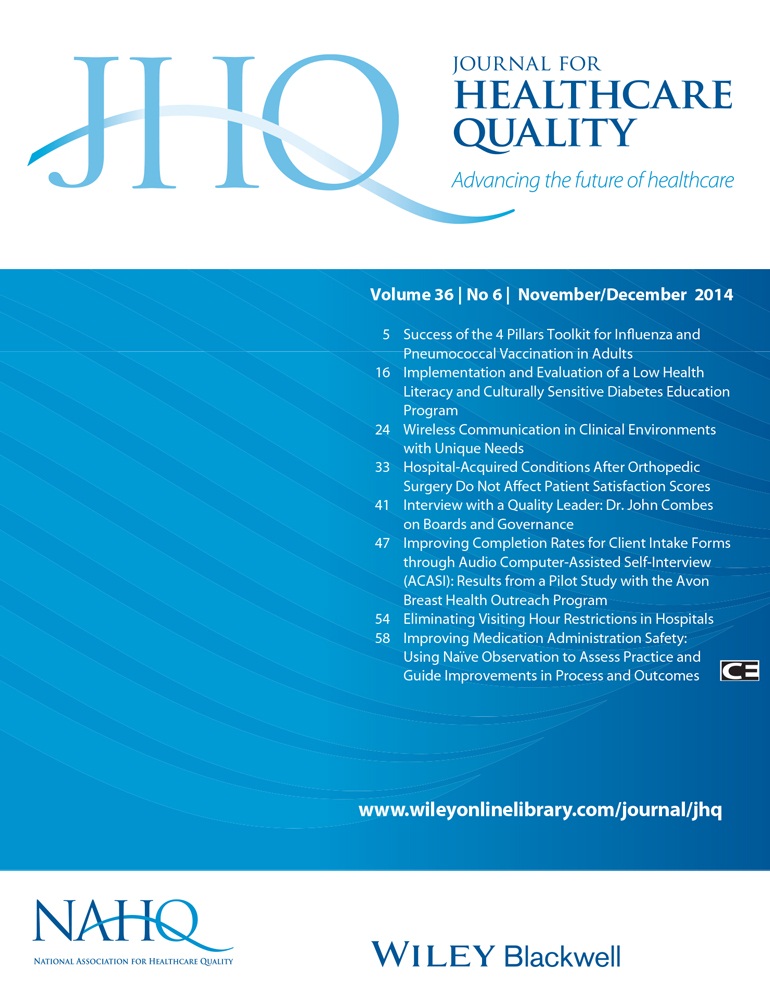Patient Needs, Required Level of Care, and Reasons Delaying Hospital Discharge for Nonacute Patients Occupying Acute Hospital Beds
Abstract
This study aims to determine the proportion of nonacute patients occupying acute care beds and to describe their needs, the appropriate level of alternative care, and reasons preventing discharge. Data from 952 patients hospitalized in an acute care unit for 30 days were obtained from their medical charts and by consulting with the medical team at two tertiary teaching hospitals. Among them, 333 (35%) were determined nonacute on day 30 of hospitalization. According to the Appropriateness Evaluation Protocol (AEP), 55% had no medical, nursing, or patient needs. Among nonacute patients with AEP needs, 88% were related to nursing/life-support services and 12% related to patient condition factors. Regarding alternative level of care, 186 (56%) were waiting for out-of-hospital resources, of which 36% were waiting for palliative care, 33% for long-term care, 18% for rehabilitation, and 12% for home care. For the remaining 147 (44%) nonacute patients, the alternative resources remained undetermined although acute care was no longer required. Main reasons preventing discharge included unavailability of alternative resources, ongoing assessment to determine appropriate resources, ongoing process with community care, and family/patient education/counseling. Available subacute facilities and community-based care would liberate acute care beds and facilitate their appropriate use.




